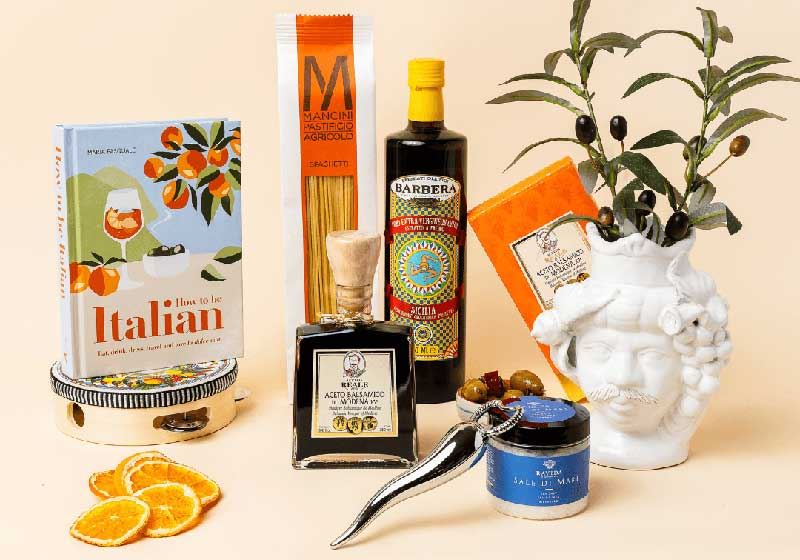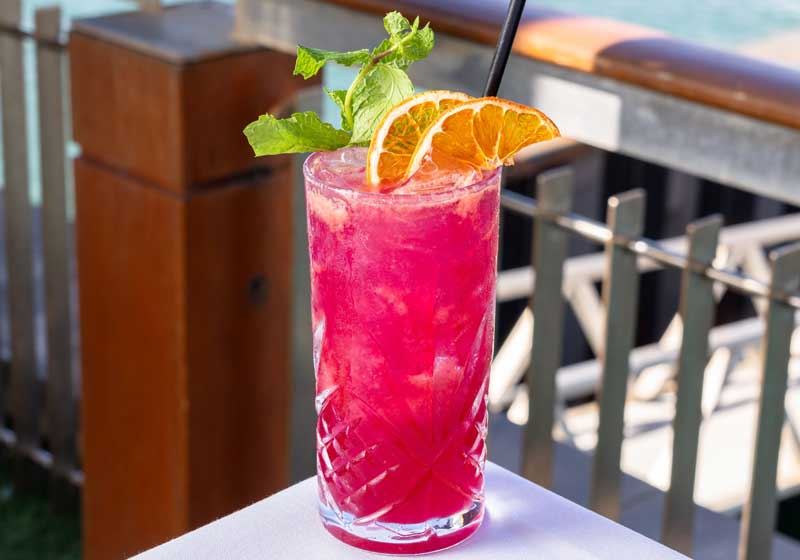Latin American cuisine is a rich mosaic of cultures, flavours and culinary techniques shaped by ancient Indigenous traditions, Spanish and Portuguese colonisation, African influence and waves of immigration from Asia, Europe and the Middle East.
From Mexico to Argentina, each region boasts a unique culinary identity driven by local ingredients, geography and history. While tacos, empanadas and ceviche may be global favourites, they are merely the tip of a vibrant, diverse gastronomic iceberg.
Mexico – A Culinary Powerhouse:
Mexican cuisine, recognised by UNESCO as an Intangible Cultural Heritage of Humanity, is deeply rooted in Indigenous practices. Corn, beans and chilli form the holy trinity of the Mexican diet.
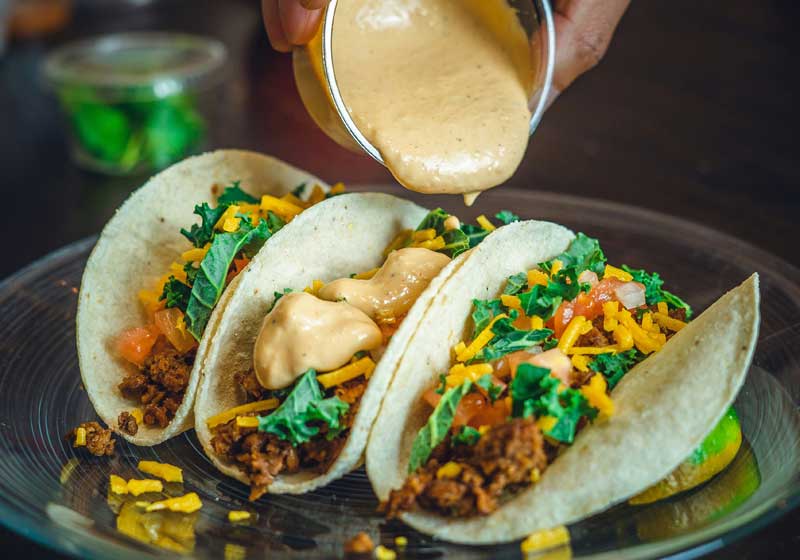
In Oaxaca, often dubbed the ‘land of seven moles’, complex sauces like mole negro marry spices, chocolate and chillies in rich harmony. The Yucatán Peninsula highlights Mayan influence with dishes such as cochinita pibil - slow-roasted pork marinated in citrus and achiote, wrapped in banana leaves.
Street food thrives across the country. From smoky tacos al pastor in Mexico City to tamales steamed in corn husks, Mexico's cuisine captures the soul of the people: bold, expressive and generous.
Central America – Hearty, Humble and Homegrown:
In countries like El Salvador, Honduras and Guatemala, Indigenous and Spanish heritages blend in earthy, nourishing fare. Corn is central, evident in pupusas (El Salvador's beloved stuffed corn cakes), tamales and atole - a warm drink made with masa and spices.
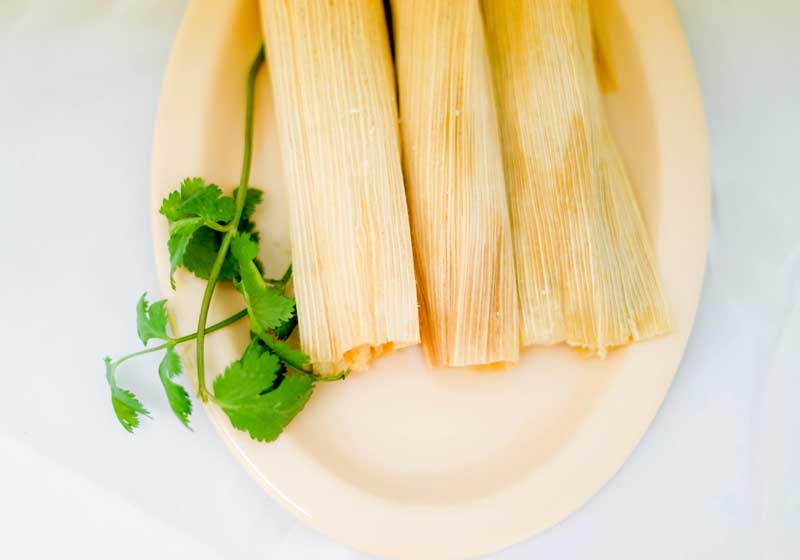
Guatemala showcases pepian, a thick meat stew flavoured with roasted spices and chillies, while Costa Rica is known for its simpler dishes such as gallo pinto, a rice and beans staple served with eggs, plantains and sour cream.
Seafood also plays a vital role along coastlines. In Nicaragua and Belize, coconut-based seafood stews and fresh grilled fish reflect Afro-Caribbean influences, contrasting beautifully with the more maize-driven dishes of the inland highlands.
The Caribbean – A Melting Pot of Flavours:
The islands of Cuba, Puerto Rico and the Dominican Republic blend Spanish, African and Taino Indigenous influences. Seasoning is key - sofrito, a base of garlic, onions, peppers and herbs, underpins many dishes.
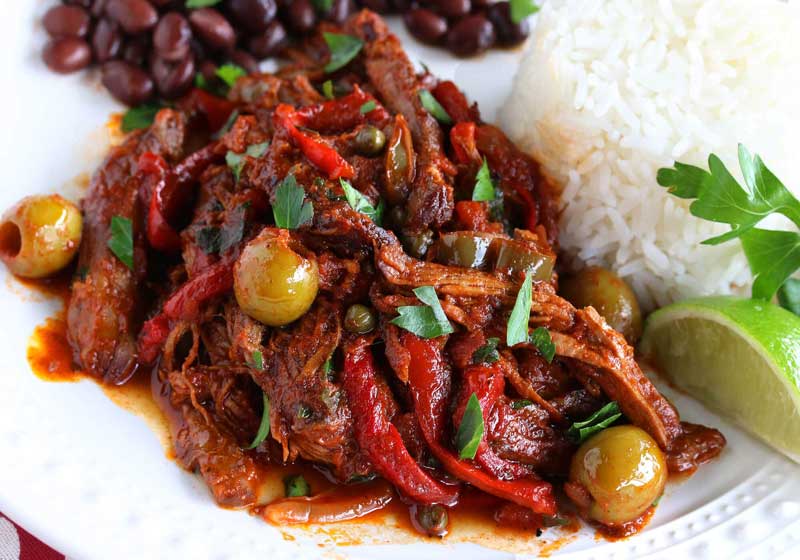
Cuba’s iconic ropa vieja - shredded beef stewed in tomato and spices - is a comfort food favourite, while Puerto Rico's mofongo (mashed fried plantains with garlic and pork crackling) is both rustic and rich. The use of tropical ingredients such as yucca, plantains, pineapple and coconut reflects the region’s abundance and climate.
The Andes – High-Altitude Heritage:
Stretching from Venezuela to Bolivia and Peru, the Andean region is one of Latin America’s most culturally distinct culinary zones. Root vegetables like potatoes (with thousands of native varieties), quinoa, corn and legumes dominate the plate.
Peruvian cuisine, a celebrated fusion of Indigenous, Spanish, African, Chinese and Japanese influences, offers an incredibly diverse range of dishes. Ceviche, made with raw fish marinated in citrus and served with sweet potato and crunchy corn, is a national icon. Lomo saltado, a stir-fry of beef, onions and tomatoes with soy sauce, represents the Chinese-Peruvian chifa tradition.
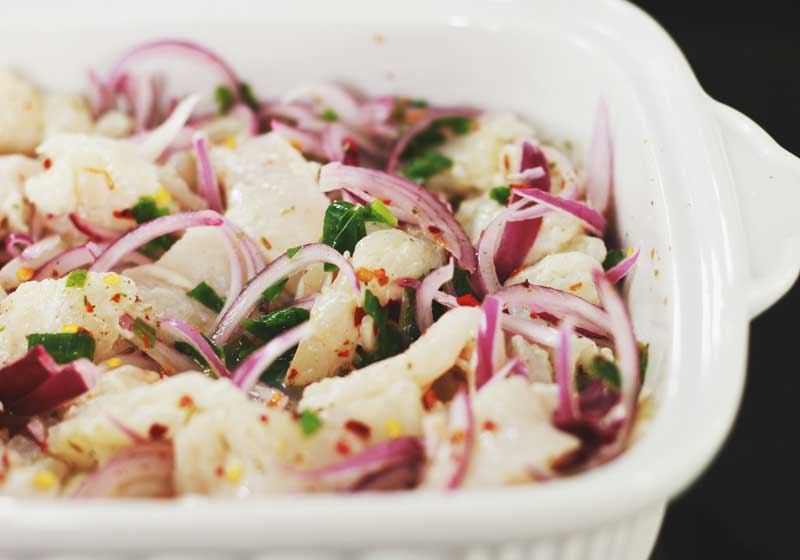
Bolivia's cuisine highlights Indigenous Aymara and Quechua roots, with hearty dishes like salteñas (juicy meat-filled pastries) and api con pastel (a sweet purple corn drink paired with fried dough) commonly enjoyed.
Brazil – A Country of Contrasts:
Brazil’s vast size creates a staggering diversity of regional cuisines. In the northeast, Afro-Brazilian flavours shine in dishes like acarajé (black-eyed pea fritters filled with shrimp and vatapá) and moqueca, a seafood stew cooked with coconut milk, coriander and dendê oil.
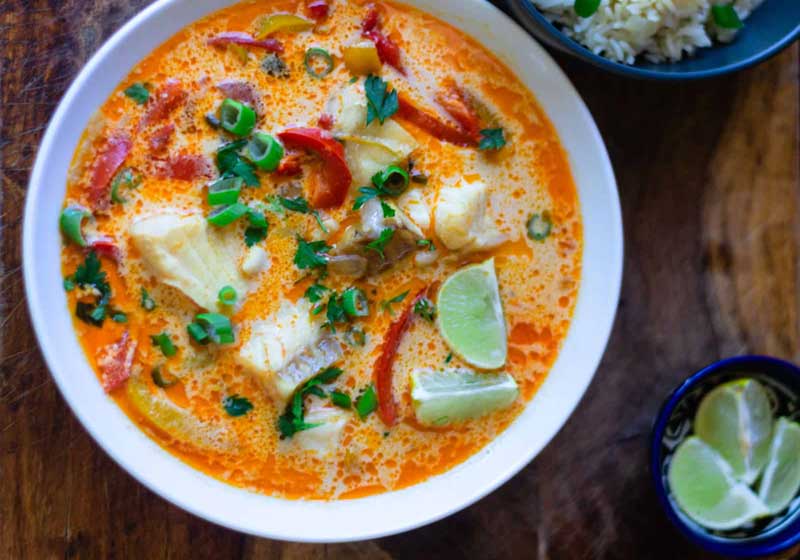
Photo credit: Little Ferraro Kitchen.
In the southern states, European immigration has shaped a meat-heavy culture. Churrasco (Brazilian barbeque) reigns supreme, where skewered meats are grilled over open flames and served with farofa (toasted cassava flour).
Feijoada, a black bean and pork stew, is Brazil’s national dish - reflecting both colonial and slave-era roots. Meanwhile, the Amazon region offers a completely different pantry, with exotic fruits, river fish and native ingredients like açaí and manioc.
The Southern Cone – Simple Elegance:
In Argentina, Chile and Uruguay, cuisine is defined by European techniques and high-quality local produce. Argentina, known for its beef, celebrates asado, a revered grilling tradition. Cuts like bife de chorizo and matambre are slow-cooked over wood coals and served with chimichurri.
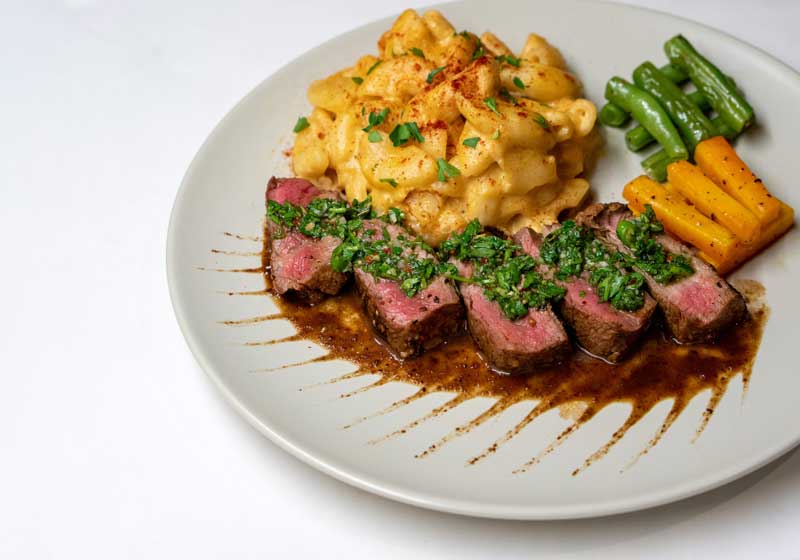
Chile’s coastal geography results in a seafood-rich diet. Curanto, a traditional Chilote dish, involves shellfish, meat, potatoes and vegetables cooked in a pit with hot stones and covered with leaves.
Uruguay mirrors Argentina’s love of beef but adds its own touches - like chivito, a towering steak sandwich and pascualina, a spinach and egg pie with Italian roots.



